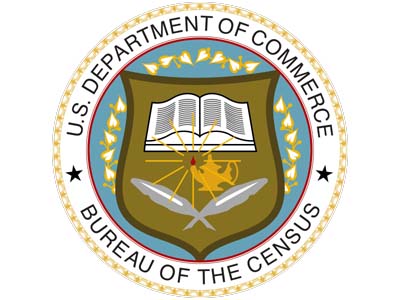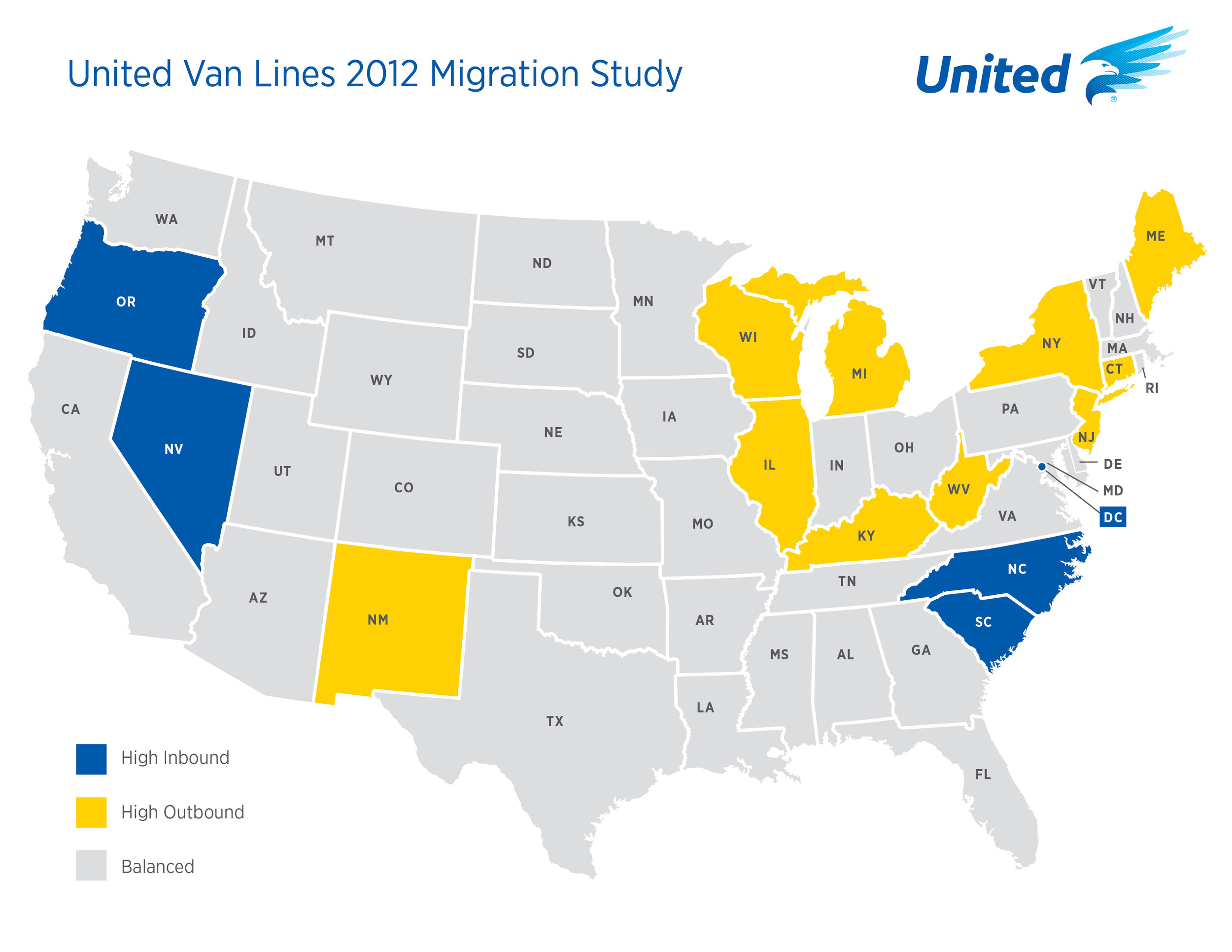Connecticut Ranked 45th in Population Growth Last Year; Births Outpaced Deaths, Net Loss from Migration
/
Connecticut’s population is estimated to have increased by 4,315 people during the past year, ranking the state 45th in the nation in population growth , according to the U.S. Census Bureau's population estimates program.
Only New Hampshire, New Mexico, Rhode Island, and Vermont added fewer residents. Maine and West Virginia were the only states in the U.S. to lose population, by 199 and 2,376 respectively. Connecticut’s population drop was one-tenth of one percent.
The largest overall population gain occurred in North Dakota (3.1 percent), the District of Columbia (2.1 percent), Utah (1.6 percent), Colorado and Texas (each 1.5 percent).
The data indicate that Connecticut ranked 44th in net domestic migration, losing 17,224 residents in 2013. States losing more residents included, Ohio, Michigan, Pennsylvania, New Jersey, California, Illinois, and New York. On the opposite end of the spectrum, the states achieving the largest net domestic migration were Texas (113,528), Florida (91,484), North Carolina (37,240), Colorado (36,284), South Carolina (29,324) a nd Arizona (26,417).
nd Arizona (26,417).
The numbers for international migration tell a different story. California topped the list with a net gain of 123,217, followed by New York (101,778), Florida (99,454), Texas (64,187) and New Jersey (64,197). Connecticut was just above the middle of the pack, with a net international migration gain of 15,702, ranking sixteenth. Considering both domestic and international migration, Connecticut's net loss from migration was 2,076 people.
Connecticut saw 37,172 births and 29,249 deaths during the year, ranking the state 34th in births but 29th in the number of deaths.
The Census Bureau computes state population estimates using multiple data sets. Population estimates by state, current as of July of each year, include birth rates, death rates and estimates of residents migrating from one state to another, Governing magazine reported.
Connecticut’s population is estimated at 3,596,080, according to the U.S. Census.






























